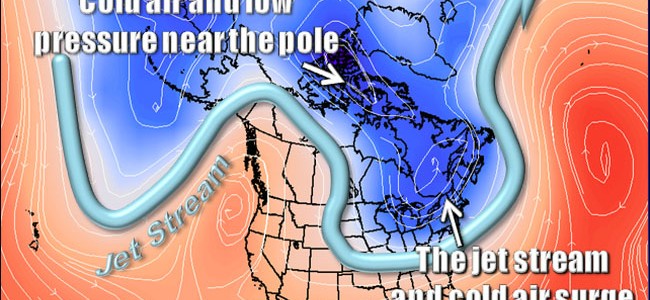Climate science
-

While this blog is devoted to the climate of the Southeast, we can’t help but look at what is happening in other parts of the world. All of the world’s weather and climate is linked together by the great fluid atmosphere (and the oceans, too) where what happens in one place can affect what happens…
-

While temperatures trends over time show that we are slowly but surely getting warmer over time, we still get periods of cold and sometimes even record-setting low temperatures. How can this be? What you are seeing is the difference between short-term weather and long-term climate effects, which can provide differences in what you feel on…
-

You may have read elsewhere that extra carbon dioxide in the atmosphere is a good thing for plants because it encourages plant growth. It turns out that the science is a bit more complicated than that. Some extra carbon dioxide is beneficial, but only as long as the plant has sufficient water and nutrients to…
-

Today marks the first day of climatological (or meteorological) winter. This year, parts of the Southeast even saw snow yesterday, which does not often happen so early in our winter season. Hope you are enjoying the colder weather! If you would like to know more about why climatological seasons are not the same as astronomical…
-

When you think about weather on other planets, you might think of the Big Spot on Jupiter or the high carbon dioxide heat of Venus. On Mars, we think about both dust storms and water. Here is an interesting story from EarthSky about some new evidence of megafloods after a meteor strike, which melted a…
-

I don’t know about you, but watching clouds is one of my favorite things to do. Clouds come in an amazing variety of shapes, and what is even more amazing is that those shapes, and the colors of the clouds, too, are based on physical principles that can tell us something about the weather that…
-

If you are ever asked about your area’s climate risk due to changes in climate for later in this century, particularly around the 2040’s, you will find this new paper published by Springer in Natural Hazards to be very useful (it’s open access so you don’t have to pay to read it). The paper discusses…